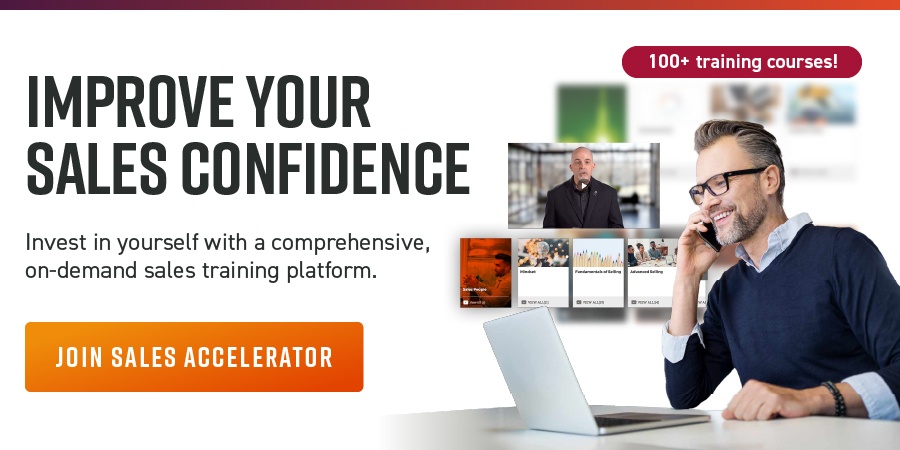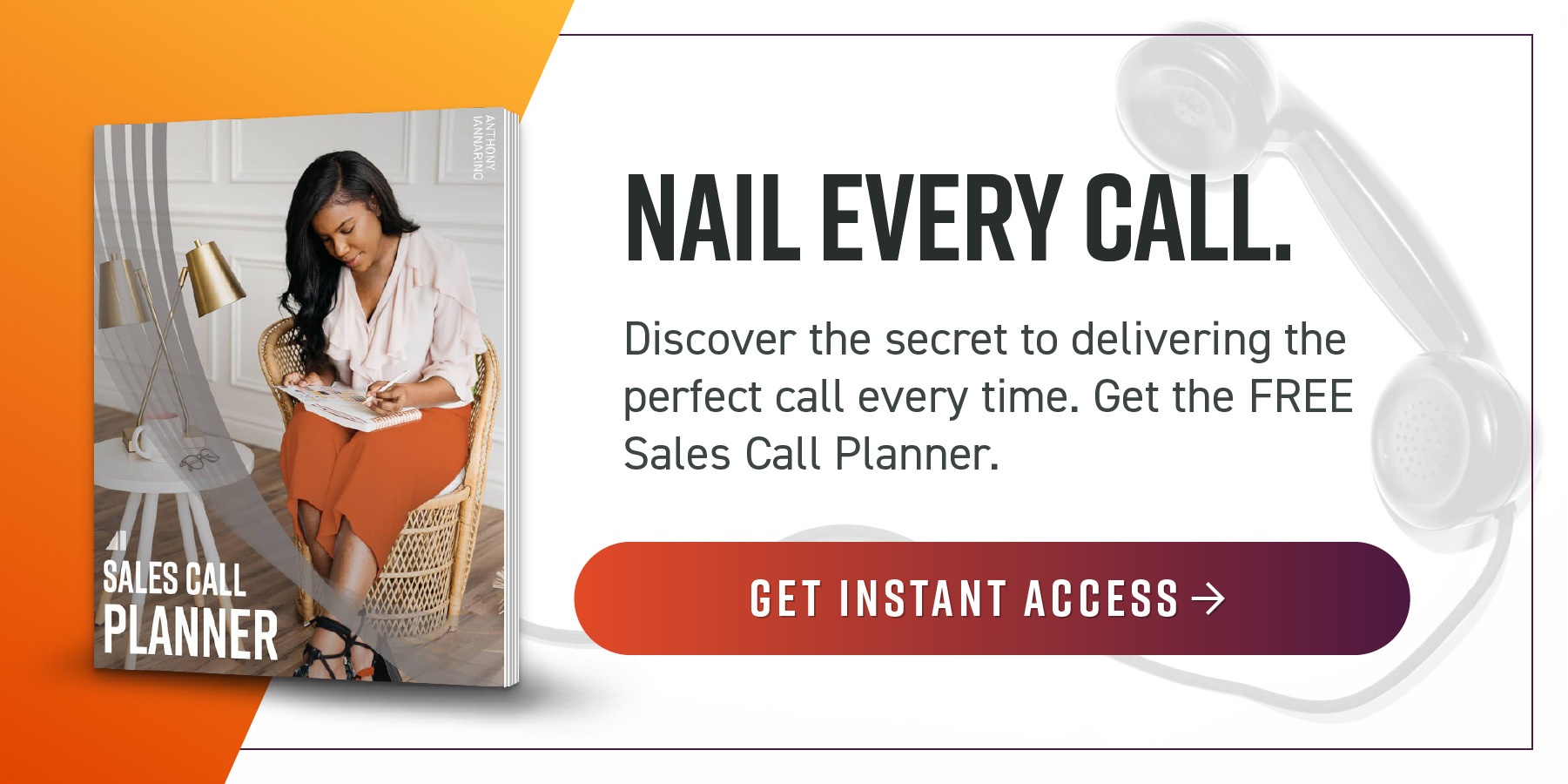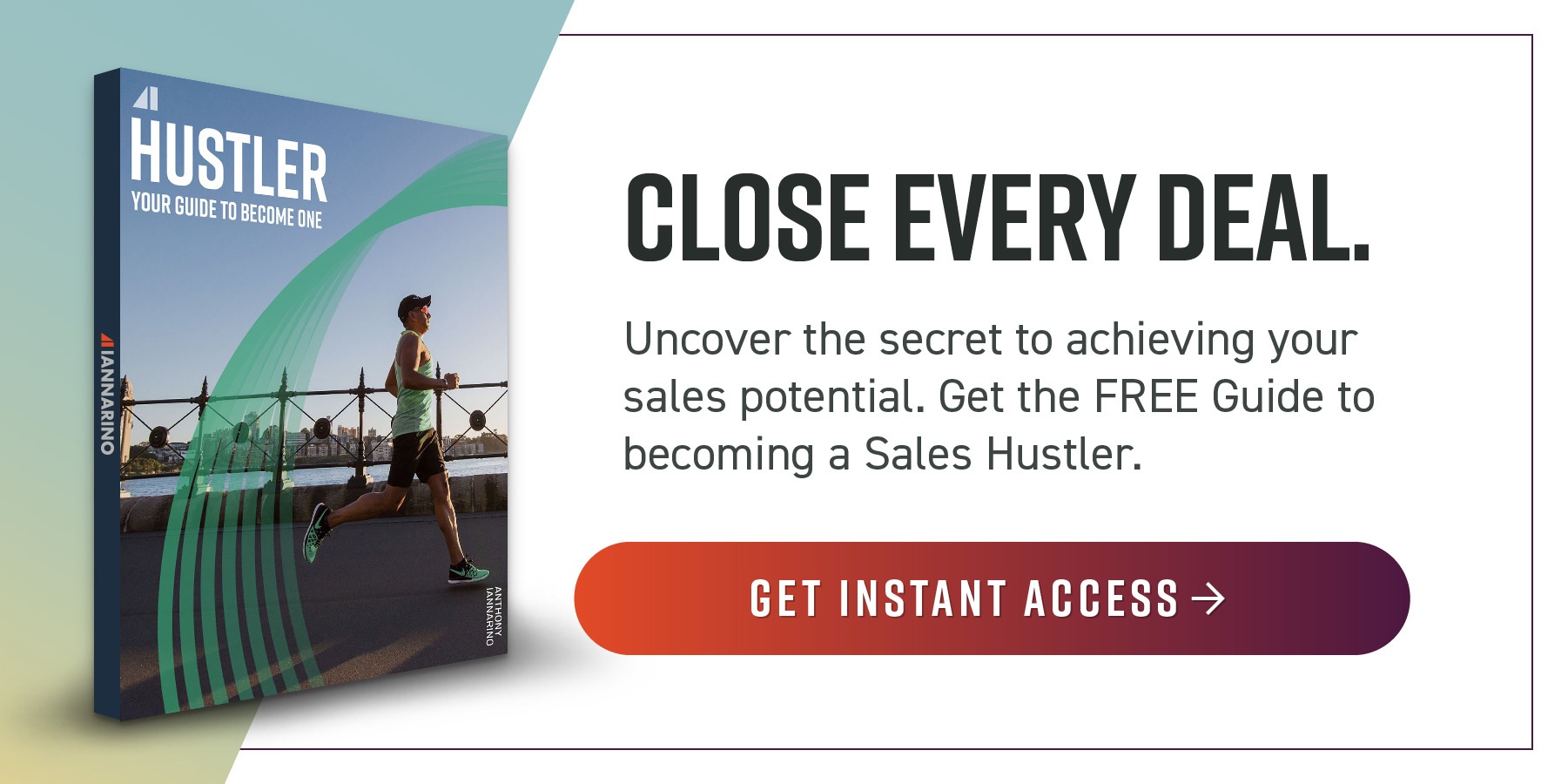This is the second post in a series of posts on working through an organization’s buying committee. Read the first post here: The Gatekeeper.
There is no end of sales advice about the importance of penetrating an account as high is as humanly possible. The logic is based upon the premise that what you need to first capture is someone with authority, as that, they believe, is the key to gaining access to the people, the information, and the permission that you need to create an opportunity. This isn’t always true, and isn’t always the right plan.
Because there is so much focus on finding and creating value for authority, to often the end-user stakeholders are all but ignored.
Who They Are
The end-user stakeholders are the people that will ultimately use your product, your services, or your solution. They are the people who will work most closely with what you provide to generate results. And they are supremely interesting and valuable to the sales process for thoughtful salespeople.
The end-users can help you identify more real dissatisfaction than almost anyone else in the organization. If the C-level executive is unhappy with revenue, unhappy with profit, or unhappy with costs, chances are that the root cause is known, understood, and felt by the end users. More still, they not only know where the dissatisfaction comes from, they often have a Hell of a lot of information and ideas about how it might be improved. Which leads us to something else they understand better than anyone else: the constraints.
No one knows or feels the constraints like the end users. If money is the problem, they’ll let you know if a greater investment needs to be made. If resources are required, they’ll likely have the best idea of what is needed. If the constraint is that what used to work no longer works because of some change in the business, they can walk you through the history and explain how the constraint might be overcome.
In the future, if you successfully sell your solution, this is the group of people who are going to succeed or fail with what you sold. With their buy in, you might have all of the allies you need in place to make a difference for your dream client. Without their buy in, you might find that the end users coalesce around the idea of waiting you out and proving that your solution was wrong. Which brings us to what you can do for them.
How You Create Value for End Users
You begin to create value for the end users of whatever it is you sell by treating them with respect. You take the time to go and meet with them. You listen to their concerns. You work to understand their needs and what your solution needs to do for them in order to get them results.
You create value for them by helping them overcome the constraints (where and when that is possible). When it isn’t possible, you help them understand what is possible and how much of an improvement it will make.
You create value for the end users by caring enough to listen, caring enough to learn, and caring enough to help them put the right solution in place.
Risks
The risks here are many.
Neglecting to understand what the end users need from you and your offering means building the wrong solution. Failing to understand how the company works deep in its guts means failing to understand their constraints, as well as failing to understand how to deliver in a way that works for them.
By ignoring the end users, you can come across as arrogant. You can come across as uncaring. You come across as someone who is there to make a sale for your benefit, come Hell or high water. By doing so, you can create a natural resistance that can kill your opportunity while it is still in the cradle or pull it apart piece by piece after it is won.
If end-users that have been ignored during the sales process end up on the buying committee, their questions can very easily demonstrate your ignorance and crush your opportunity.
Questions
Think back to times when decisions were made that affected you but where you weren’t consulted? Could you have improved the results were you consulted? Would you buy in have been greater?
When you sell, do you approach the end users with an open mind and willingness to learn?
What have you learned from end users in the past that you would never have learned from someone higher in the organization? How has that made a difference in your success in selling the opportunity or succeeding after you won an opportunity?
How do you help the end-users deal with constraints that can’t easily be overcome?












.jpg?width=768&height=994&name=salescall-planner-ebook-v3-1-cover%20(1).jpg)



Comments